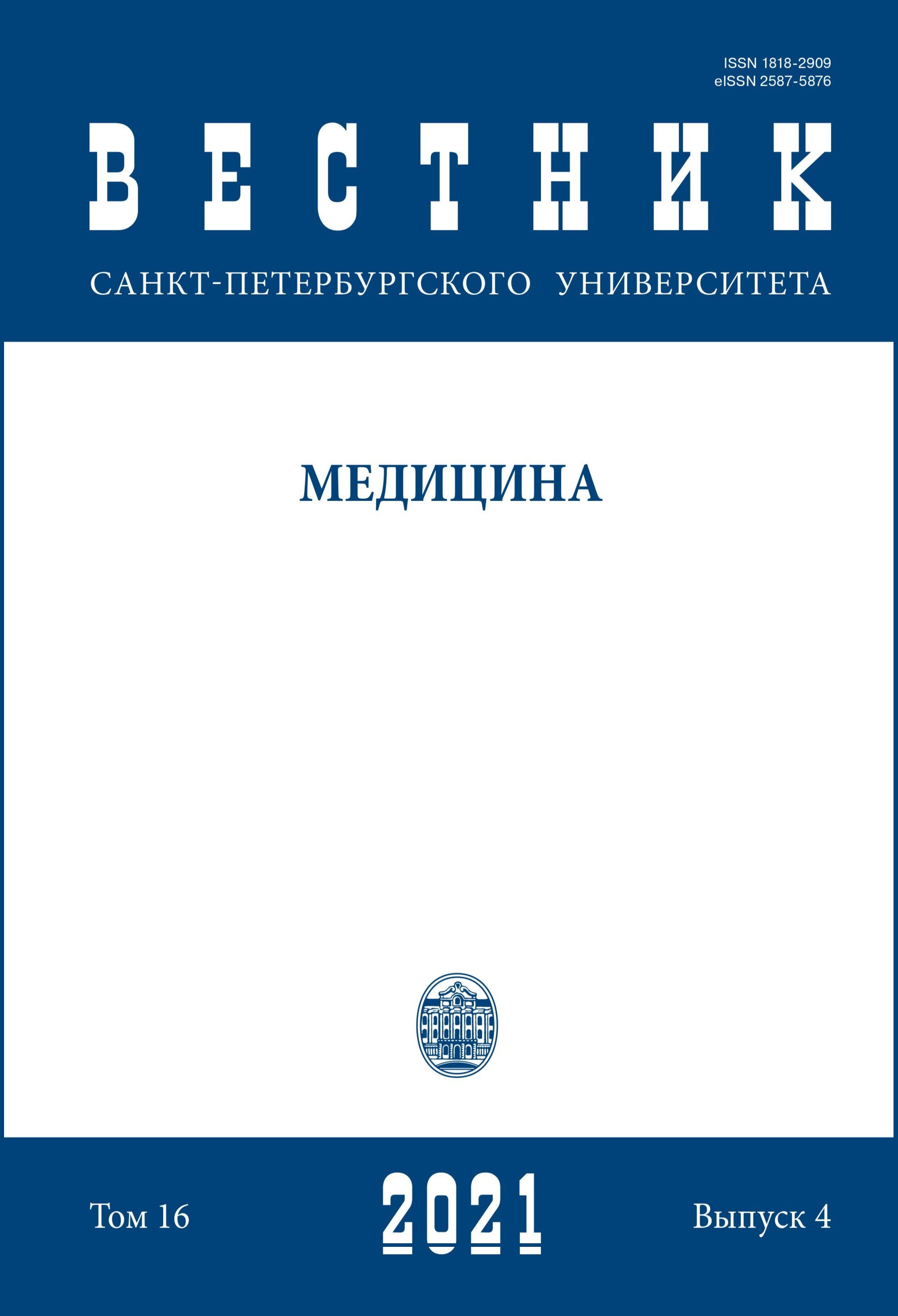Possibility of using of international classification of functioning in rehabilitation of patients with cataract
DOI:
https://doi.org/10.21638/spbu11.2021.403Аннотация
The problem of rehabilitation of patients with cataract, analysis of effectiveness of surgical treatment, restoration of professional activity and obtaining a high quality of life after cataract surgery is of great medical and social importance. The basic principles of modern medicine are patient orientation, personalized and multidisciplinary approach. Attention is focused not on an individual disease and its symptoms, but on the patient as a whole person with all life’s concerns and problems. The study of the quality of life (QOL) of the patients with cataract allows us to assess the influence of cataract and surgical treatment on the psychological, emotional state of the patient, his functioning in the social environment. However, cataract surgery is a rehabilitation treatment aimed at restoring functions lost due to cataract. International classification of functioning (ICF), limitation of vital activity and health is a generally accepted classification in rehabilitation medicine. In accordance with new trends, the possibility of using ICF for the study of visual impairments and limitation of vital activity in patients with cataract before and after surgical treatment is becoming relevant.
Ключевые слова:
cataract, quality of life, rehabilitation of patients with cataract, international classification of functioning (ICF), limitation of vital activity and health
Скачивания
Библиографические ссылки
References
Stokes E. K. International classification of functioning, disability, and health (ICF). Rehabilitation Outcome Measures, 2011, pp. 13–16. https://doi.org/10.1016/b978-0-443-06915-4.00002-4
Загрузки
Опубликован
Как цитировать
Выпуск
Раздел
Лицензия
Статьи журнала «Вестник Санкт-Петербургского университета. Медицина» находятся в открытом доступе и распространяются в соответствии с условиями Лицензионного Договора с Санкт-Петербургским государственным университетом, который бесплатно предоставляет авторам неограниченное распространение и самостоятельное архивирование.




